Fifteen Minutes of Fame
Shiau-uen Ding
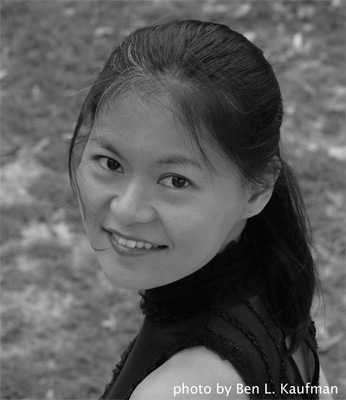
Projects
Liszt Bicentennial Bash
"Liszt Bicentennial Bash", the one-minute piano works are to be inspired by every possible aspect of Franz Liszt, including, but not limited to, his personality, his music, and his philosophy. The one-minute piano works are to be written specifically for this project for pianist Shiau-uen Ding.
A native of Taiwan, pianist Shiau-uen Ding is a rising presence on the new and electro-acoustic music scenes, and an original and energetic performer of traditional solo and chamber repertoire. She studied piano with Eugene Pridonoff, Elizabeth Pridonoff, and Lina Yeh, computer music with Mara Helmuth and Christopher Bailey, and contemporary improvisation with Alan Bern at National Taiwan Normal University and University of Cincinnati, where she received her doctoral degree. She lives in New York City.
She has performed in France, Germany, Belgium, China, and throughout the US and Taiwan. Her virtuosic and sensitive interpretations have won standing ovations. She was called a "daredevil" by the New York Times for her performance at Bang on a Can Marathon and "a powerful force on the new music scene" by Array for her performance at Spark Festival in Minneapolis. She was a semifinalist in both International Gaudeamus Interpreters Competition in Amsterdam and Concours International de Piano d'Orleans. She has collaborated with internationally renowned performers and composers, including Steve Reich, Michael Kugel, George Tsontakis, who refers to her performance of his Ghost Variations as a "monster performance," and Moritz Eggert, who dedicated his Hammerklavier XIX: Hymnen der Welt (Afghanistan bis Zimbabwe) to her. In addition, new compositions have been written for her by Mara Helmuth, Christopher Bailey, Eric Lyon, Burton Beerman, and Naxos artist Gao Ping. She has recorded for Capstone, Centaur, Innova and Electric Music Collective.
Concert Dates
- September, 25, 2011 - Liszt Bicentennial Bash - New York City
- March 27, 2011 - Liszt Bicentennial Bash - New York city
15 one-minute selections for Liszt Bicentennial Bash
-
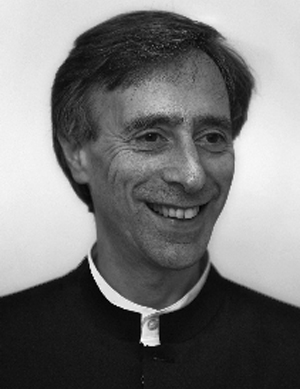
Consolation II
Ian Assersohn
Ian Assersohn is an English composer, choral director and piano teacher. He studied piano and composition at the Royal College of Music and the Koninklijk Conservatorium in Den Haag. He is musical director of Leatherhead Choral Society and Concordia Singers of Crawley.
"Consolation II" is an evocation of the Liszt of the Consolations s.172 - the meditative, intimate and gentle poet rather than the flamboyant virtuoso. It is tonal, using the key of E major, the key of several of the Consolations. However it has a pared-down austerity that also evokes the older Abbe Liszt
-
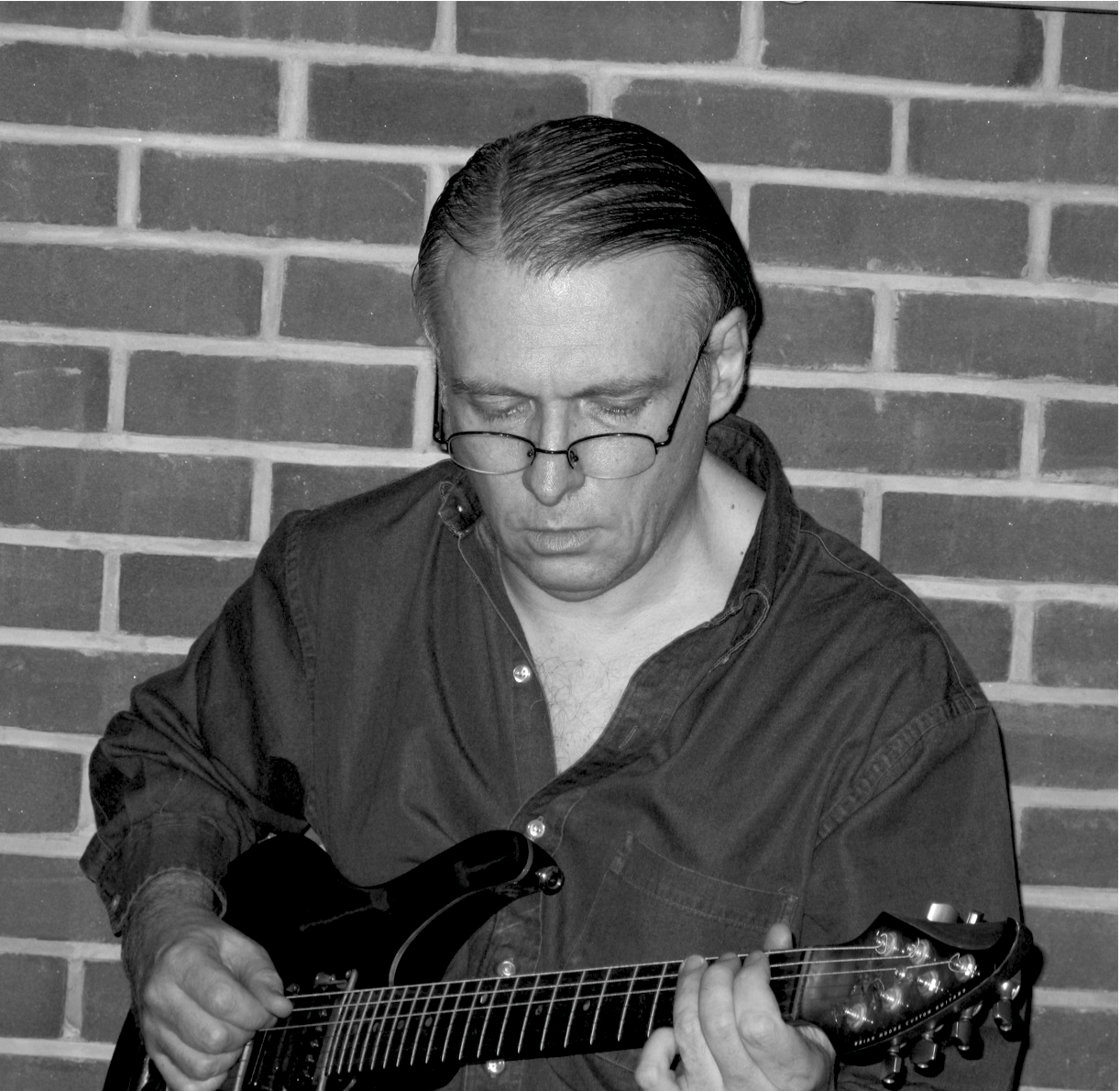
Sixty Second Man
Roger Blanc
Roger Blanc, M.M., studied with David Diamond and taught Ear Training at Juilliard for three years. His music has been performed at Alice Tully Hall, The Whitney Sculpture Court, and overseas. He has worked in music for television (Tonight Show), film (Fargo), recording (Barbra Streisand) and live performance (Miles Davis).
"Sixty Second Man" repeats a single left hand figure throughout; the right hand counterposes variants of it, culminating in a final harmonic agglomeration. The title "Sixty Second Man" recalls a similarly named R&B tune, and the work is dedicated to Liszt's prolific virtuosity as both a pianist and a paramour.
-
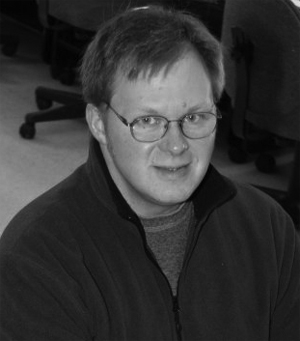
Bagatelle sans tonalite
Scott Brickman
Scott Brickman (b. 1963) was educated at the University of Wisconsin and Brandeis University. He is Professor of Music and Education at the University of Maine at Fort Kent. In 2009 Scott initiated intercollegiate club baseball at UMFK, becoming the team's coach as well as one of its players.
"My Bagatelle sans tonalite" is obviously inspired by Liszt's Fourth Mephisto Waltz. I sought to interpret his motivic and harmonic material through the lens of a modernist composer of the 21st century. Additionally, the form of my piece and the figuration of the arpeggio runs reference Liszt's Waltz.
-
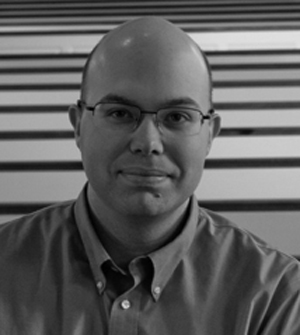
Nous voyons (after Arcadelt-Liszt) (2010) for piano
Carson Cooman
Carson Cooman (b. 1982) is an American composer with a catalog of works in many forms; his music has been performed on all six inhabited continents. Cooman's music appears on over thirty recordings, including twelve complete CDs on the Naxos, Albany, Artek, Altarus, and Zimbel labels. He serves as an active consultant on music business matters to composers and performing organizations.
"Nous voyons" is based upon one of Franz Liszt's simplest piano compositions, "Chanson d'Arcadelt" (1862), a reworking of an "Ave Maria" by the Renaissance composer Jacques Arcadelt (c. 1507-68). In this brief new transformation, fragments of the Arcadelt and Liszt emerge through tempestuous, pianistic textures.
-
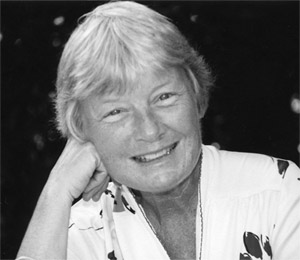
A Little Imagination
Emma Lou Diemer
Emma Lou Diemer has given numerous concerts of her music and that of other contemporary composers with an emphasis on keyboard works by women. She has written many collections for organ, many based on hymntunes, and a number of concert works (Toccata, Fantasie, Toccata and Fugue) for organ. She has written music in almost all genres and has been published since 1957, with a number of works recorded and found on amazon.
"A Little Imagination" is in the collection Seven Pieces for Klavier (Diemer) and published in Germany by Certosa Verlag.
-

Haemmerklavier XI: What if 1 composer from 1 country wrote 60 pieces under a second for solo piano?
Moritz Eggert
Moritz Eggert has covered all genres in his work - his oeuvre includes 9 operas as well as ballets and works for dance and music theatre, often with unusual performance elements. He works as a performer (pianist, actor and singer) and conductor. His New Music Blog "Bad Blog Of Musick" is the most-visited German New Music Blog and has incited many controversial discussions about the state of Contemporary Music today. He also writes regularly for various print publications, is an avid boardgaming-podcaster and will be professor for composition at the University of Munich from winter semester 2010 on. His music is published by Sikorski, Hamburg. He lives with his wife and son in Munich.
Because of the way that the perception of time has sped up continuously in the last years it only makes sense to think one step further than the 1 minute concept. 1 second pieces should be the way to go in the 21st century.
-
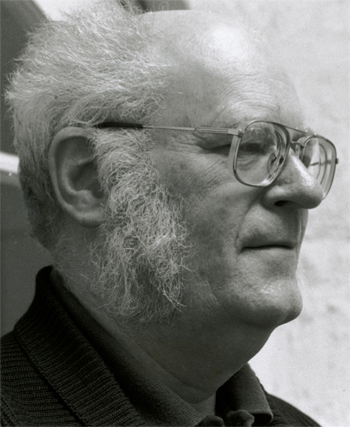
Valsettinella Franz Liszt honoris causa
Eberhard Eyser
Eberhard Eyser was born 1932 in Germany. He studied from 1952-57 in Music Akademie Hannover/Germany and 1964-1967 in Mozarteum Salzburg/Austria, Accademia Chigiana Siena/Italy. He has written about 400 titles including chamber, wind, orchestral. vocal, electronic music, chamber operas, and ballet music.
"Valsettinella Franz Liszt honoris causa" speaks for itself by its gesture provoking the memory of Franz Liszt's powerful personality.
-
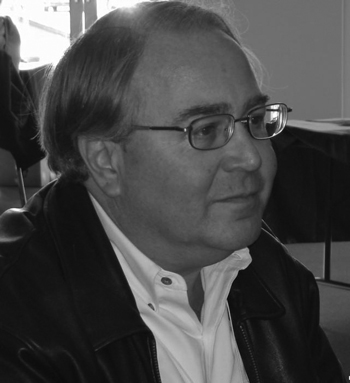
Liszt Connections
Arthur Gottschalk
Arthur Gottschalk attended the University of Michigan, and teaches at The Shepherd School of Music at Rice University. Honored by the Charles Ives Prize of the American Academy of Arts and Letters, he has won many other awards in music. He was a film and television composer, and a producer for PolyGram and Capitol.
"Liszt Connections" is a 58-second work for solo piano written specifically for Shiau-uen Ding's "Liszt Bicentennial Bash". The connections referred to in the title have to do with Liszt's hipness, his Nineteenth Century rock-star status, as best exemplified by the films of Ken Russell.
-
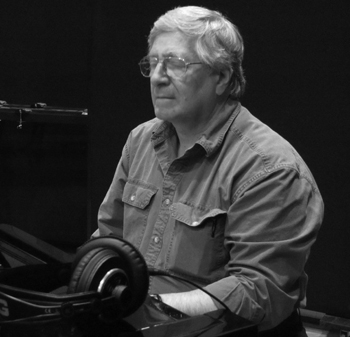
La Nageuse Incessante
Eugene Marlow
Eugene Marlow, Ph.D.--an award-winning composer/arranger, performer (piano), producer, presenter, and educator--has composed and arranged over 200 jazz and classical pieces for solo instruments, chamber ensembles, and jazz big band. His latest album is "Celebrations" (MEII Enterprises 2010). He is a 2010 recipient of a Meet The Composer grant.
"La Nageuse Incessante" was written with Franz Liszt in mind. Not only a composer of note, Liszt was also a virtuoso solo pianist. "La Nageuse Incessante" is a bright, driving solo piano piece that demands both articulation and dexterity from the performer.
-
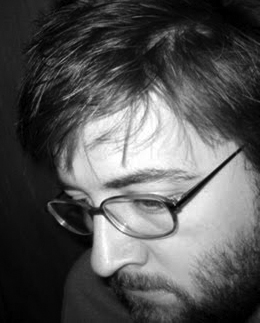
You're Despicable
David Morneau
David Morneau is a composer of an entirely undecided genre, a provider of exclusive unprecedented experiments. In his work he endeavors to explore ideas about our culture, issues concerning creativity, and even the very nature of music itself. Learn more @ http://5of4.com
One of my favorite movies is still "Who Framed Roger Rabbit?" There's that great scene in the burlesque house where Hungarian Rhapsody no.2 is rendered by the dueling pianos of Daffy Duck and Donald Duck, one of many cartoons to pilfer Liszt's classic. "You're Despicable" pays tribute to that heritage.
-

Notes from the Chapelle of L
Alon Nechushtan
Alon Nechushtan (pianist/composer) has composed and performed in Carnegie Hall (NYC) , Yokohama Music Festival (Japan), Hebraica Sao Paolo (Brazil), Rex Concert Hall ( canada), Tel Aviv Museum, Weiss Hall (Israel), Hyde Park (London) and many other venues in Europe, his Native Israel and the U.S. More about him at www.musicalon.com
"Notes from the Chapelle of L" is a Liszt tribute in the form of a linear micro variations on a 2 bar theme from Liszt's Annees de pelerinage (Years of Pilgrimage). It is propelled by a harmonic development as well as motivic permutation and rhythmic variations. It is 59 seconds long.
-
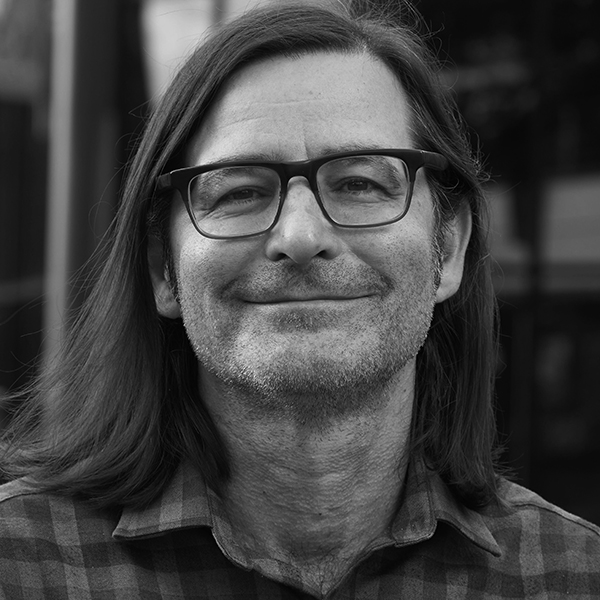
...from Consolations...
Edward Ruchalski
Edward Ruchalski has been commissioned by the Bang on a Can All-Stars, Helen Boatwright and Syracuse's Society for New Music. His compositions have been performed at Lincoln Center, Mass MOCA, Miller Theatre, the Everson Museum and at the Festival of Miami. Ruchalski has also been the recipient of two Artist Grants from Syracuse's Cultural Resources Council for his compositions using motorized string and percussion sculptures of his own design. To date, he has eight studio recordings available. Ruchalski lives in Syracuse, NY, where he is the Visiting Assistant Professor of Music at Le Moyne College.
The source material used for ...from Consolations,,, is from Liszt's first two Consolations. This short work was composed in November, 2010 and is dedicated to Shiau-uen Ding.
-
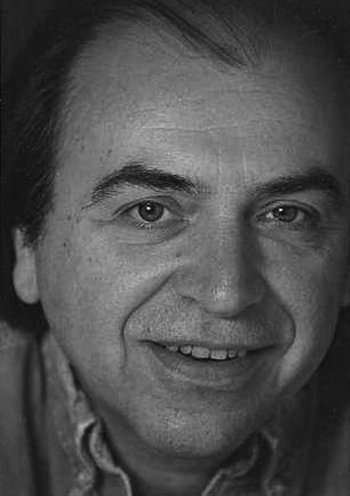
Liebestraum, Baby
Bob Siebert
Bob Siebert received his Bachelor and Masters of Music Degrees from Manhattan School of Music. He has been a performer/composer/teacher in the New York area for the past thirty five years. his music runs the gambit from pop influenced electronic realism through reinvented jazz standards to experimental electronic pieces and music for the African thumb piano.
Dig this: My 60 second submission is an updated jazz version of Liszt's "Liebestraum" theme paired with a brief bop tune - a minimalist collage of two diverse musical ideas.
-
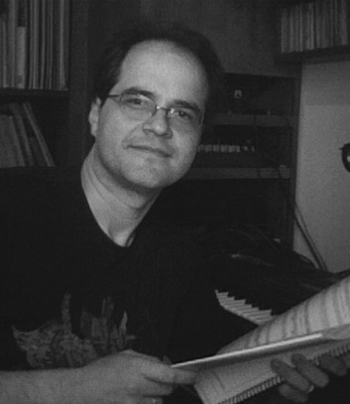
Last Variation on a Waltz by Diabelli
Alexandre F. Travassos
Brazilian clarinetist and composer Alexandre F. Travassos was born in Rio de Janeiro. He studied at the Sao Paulo's Municipal School of Music and the Art and Communication School of Sao Paulo University. His prized works for orchestra, symphonic band and chamber groups has been performed in Brazil, United States, Holland and Portugal.
In 1823 (early 1824), Liszt's wrote his first printed work, a Variation on a Waltz by Diabelli, included in Diabelli's anthology of variations by 50 composers. I tried imagining a new variation by a mature Liszt, using his archetypical unexpected chord progressions, tremolos, augmented chords and a more virtuosistic approach.
-
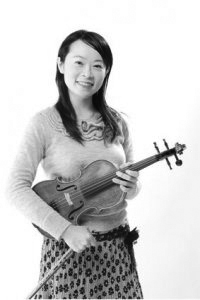
Reminiscence of Liszt
Tsen-Fang Lin
Tsen-fang Lin, previously graduate from NTNU, now majors in composition at NSYSU graduate school and studies with Dr. Sz-syan Lee. She is also a free lance and has a studio in KS, working for music industry especially musicals and records. She prefers to be a producer rather than a performer.
"Reminiscence of Liszt" is inspired by Franz Liszt's virtuosic image in the heart of Tsen-fang, tries to describe an uncommon hero and at the same time a man whose mind is hard to grasp. Deeply impressed by the Mephisto Walzer of Liszt, this piece also tries to admire the eternal passages.